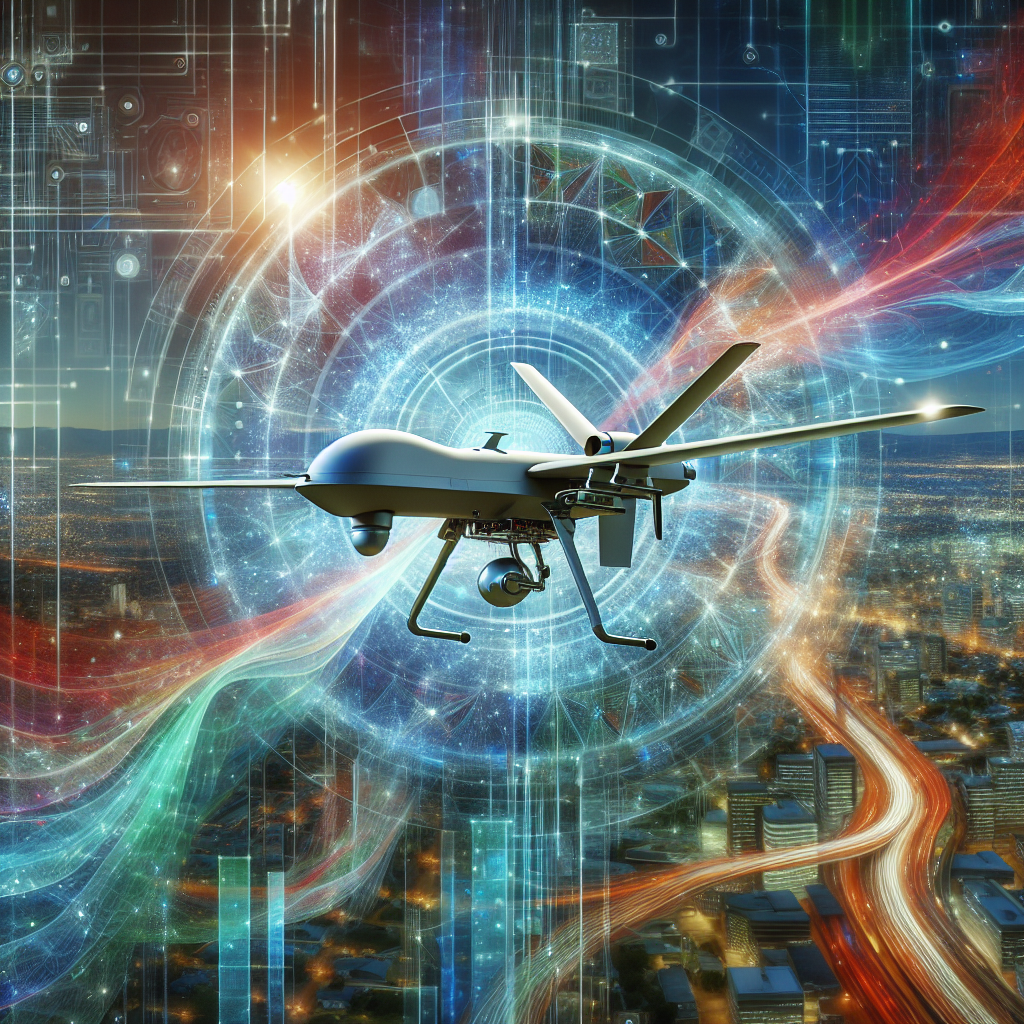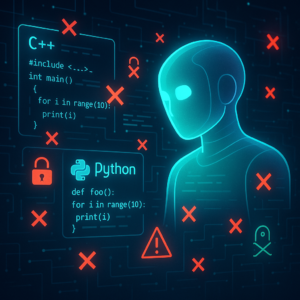Making Drones Smarter and Safer: Robots, AI, and the Power of Few-Shot Learning

Making Drones Smarter and Safer: Robots, AI, and the Power of Few-Shot Learning
In the ever-evolving world of technology, robots are increasingly becoming part of our everyday lives. They’re everywhere, from manufacturing lines to your local pizza delivery. But as these high-tech helpers become more involved in our daily routines, one pesky little problem keeps popping up: safety. How can we make sure these machines don’t get a mind of their own and create havoc?
Enter the magical world of Large Language Models (LLMs) and Knowledge Graphs (KGs)—two awesome tools that are helping make our robotic friends more obedient and safe. Let’s dive into the research conducted by Abdulrahman Althobaiti and his team to explore how combining artificial intelligence with safety protocols can create better, more reliable drones.
Talking to Robots: The Language Barrier
We humans communicate with each other using speech, gestures, or scribbling notes, but robots? Not so much. Traditionally, programming a robot was like learning Martian—it required a whole new language that only programmers could understand. Enter LLMs like ChatGPT, which can take natural language instructions such as “Fly to that tree and stop if there’s an obstacle” and turn those into code that the robot gets. This sounds super cool, right? But it also comes with its set of challenges.
Decoding the Jargon: What LLMs and KGs Do
Large Language Models (LLMs): Think of these as the brainy side of AI that understands human language. Their job is to take written instructions and translate them into something a computer can follow. For example, instructing a drone pilot using simple words and having LLM spit out the code for navigation.
Knowledge Graphs (KGs): These are like encyclopedias you find down a rabbit hole on the internet, providing LLMs with well-organized information. They store and update facts about the real world, ensuring that the knowledge used by LLMs is accurate and up-to-date.
Few-Shot Learning: This is like teaching someone to play a new song on the piano with only a few lessons. It’s an efficient way of training AI without exhausting it with a massive amount of information. This is key when we want the AI to understand and operate within specific parameters like drone safety regulations.
Robotics and Safety: Not Just a High-Flying Ambition
Robots can’t just be let loose with all their sophisticated tech. They need a buddy feature called a safety layer, especially when we’re talking drones. Trusting drones with tasks is easy, like instructing them to climb to 200 meters. But without a safety net, this could go against local regulations (goodbye, flying safety standards!), potentially putting people and properties at risk.
Our Solution: The Safety Hat for Robots
Althobaiti’s team came up with a stellar idea—to create a safety layer using an LLM fine-tuned with Few-Shot learning. This layer, like a savvy gatekeeper, checks the code LLMs generate before any motors whir to life. It’s like having a vigilant teacher who checks your homework—not just once but several times—to ensure it measures up to safety standards.
Moreover, they didn’t stop there. They added Knowledge Graph Prompting (KGP), like an augmented reality for AI, offering these language models an encyclopedia of the world’s do’s and don’ts.
The Real Deal: How It Works in Practice
Imagine you want your drone to fly without bumping into buildings or soaring into prohibited airspace. The system developed by our intrepid researchers integrates user-friendly language into machine commands, ensuring compliance with safety regulations—like not flying above 120 meters, staying a safe distance from crowds, and more, as per Australian regulations.
Here’s how it breaks down: – User Input: You tell the drone what you want. – AI Interpretation: GPT-4o translates that into action, generating the equivalent computer code. – Safety Check: The system evaluates the code against safety guidelines. Unsafe instructions, like flying the drone into danger zones, are flagged and sent back to the user for correction.
No Code is an Island: A Collaborative Robot Future
The crossover of AI into real-world applications is super exciting not just for tech nerds but for educators, industrial workers, and anyone curious about future innovations. With an easy-to-use interface powered by LLMs, non-experts can interact with robots intuitively, breaking down barriers and cultivating collaboration in various fields—hello, friendly factory robots and helpful hospital assistants.
Challenges on the Horizon
Despite its promise, NLP-driven robotics faces hurdles. Bad instructions can still slip through, owing to AI misinterpreting commands or simply hitting a data roadblock. Continuous learning, safety-first operations, and AI’s ability to adapt to real-world environments are crucial aspects still being honed.
Key Takeaways
-
Natural Language Meets Code: LLMs like ChatGPT are simplifying how we communicate with robots, taking complex language and turning it into code.
-
Safety First: The introduction of a safety layer acts as a safety net, making sure that robot actions comply with safety standards.
-
Better Together: Fine-tuned models using Few-Shot learning and enriched by Knowledge Graphs provide a reliable safety check for high-flying robots, like drones.
-
Real-World Effect: These advances are opening avenues for diverse, non-expert users to interact with robots safely, potentially revolutionizing industries ranging from manufacturing to education.
-
Continued Learning: Future developments will see further refinement, accounting for hardware capabilities and more complex rules beyond basic flying restrictions, ensuring that AI systems operate responsibly.
Whether you’re a tech aficionado or a casual reader, understanding how AI’s giants are sculpting a safer robotic future is a fascinating peek into the world of innovation rested on the bedrock of safety and simplicity.
As technology continues to accelerate, rest assured that ongoing research is tirelessly working to keep pace with expanding horizons, burgeoning opportunities, and, most importantly, safety. With these innovations, the sky is not the limit—it’s just the beginning.
If you are looking to improve your prompting skills and haven’t already, check out our free Advanced Prompt Engineering course.
This blog post is based on the research article “How Can LLMs and Knowledge Graphs Contribute to Robot Safety? A Few-Shot Learning Approach” by Authors: Abdulrahman Althobaiti, Angel Ayala, JingYing Gao, Ali Almutairi, Mohammad Deghat, Imran Razzak, Francisco Cruz. You can find the original article here.




